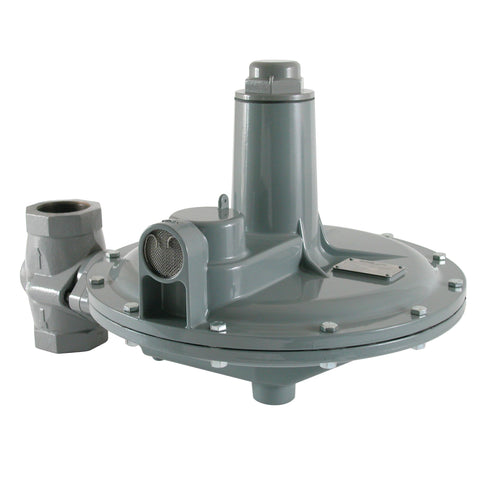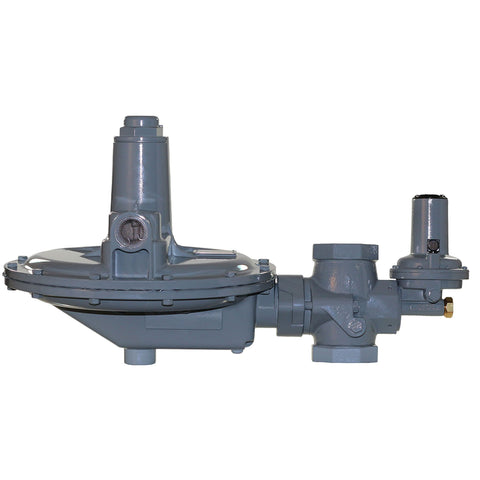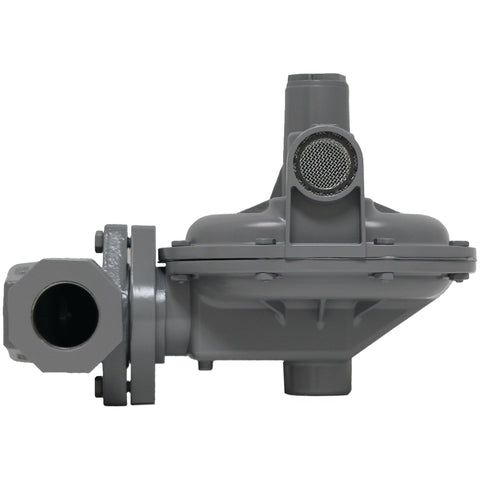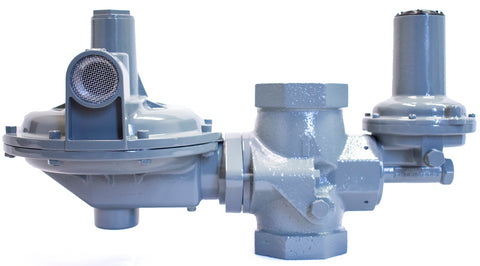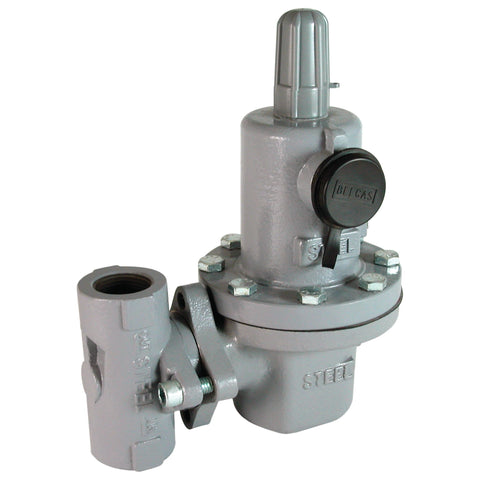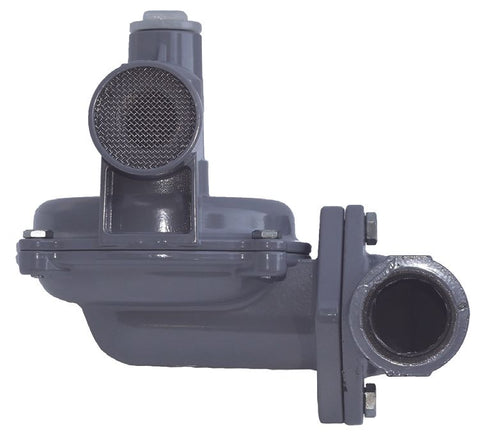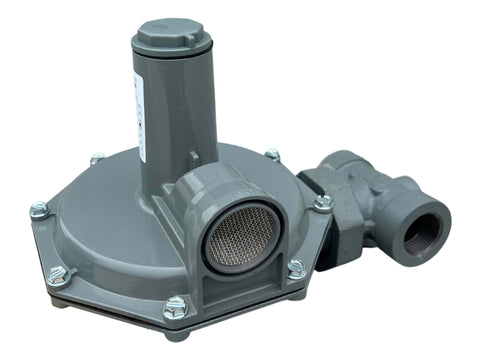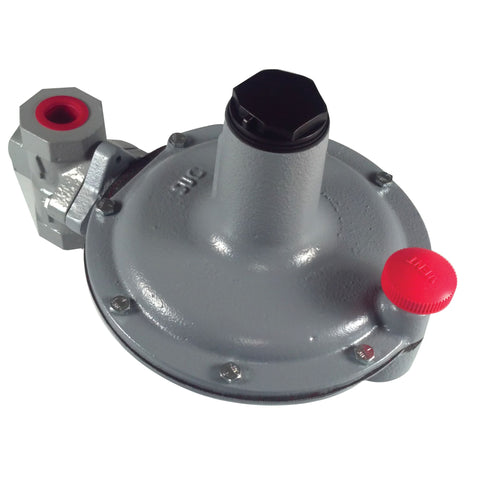Relieving Pressure Reducing Regulators
Relieving Pressure Reducing Regulators
Safe, Efficient Relieving Regulators for Overpressure Protection
BelGAS relieving pressure reducing regulators are designed to automatically bleed or vent pressure when the downstream pressure exceeds the setpoint, even in a no-flow condition. Typically, this happens via a relief valve in the center of the diaphragm and pintle assembly. The relief valve will then stay open until the pressure levels are back to normal and return to safe levels. The main goal of relieving pressure regulators is protecting downstream equipment and maintaining stable system operation.
Why Choose BelGAS Relieving Pressure Reducing Regulators?
- Built-In Relief: Protects against downstream overpressure without separate relief devices.
- Proven Safety: Minimizes risk of equipment damage or unsafe conditions.
- Wide Application Use: Ideal for residential, commercial, and industrial systems where the excess pressure can be safely released into the atmosphere.
Key Features:
- Integrated relief mechanism for simplified system design
- Adjustable pressure ranges for flexibility
- Durable construction
- Easy installation and maintenance



